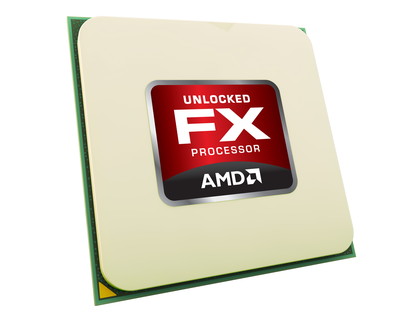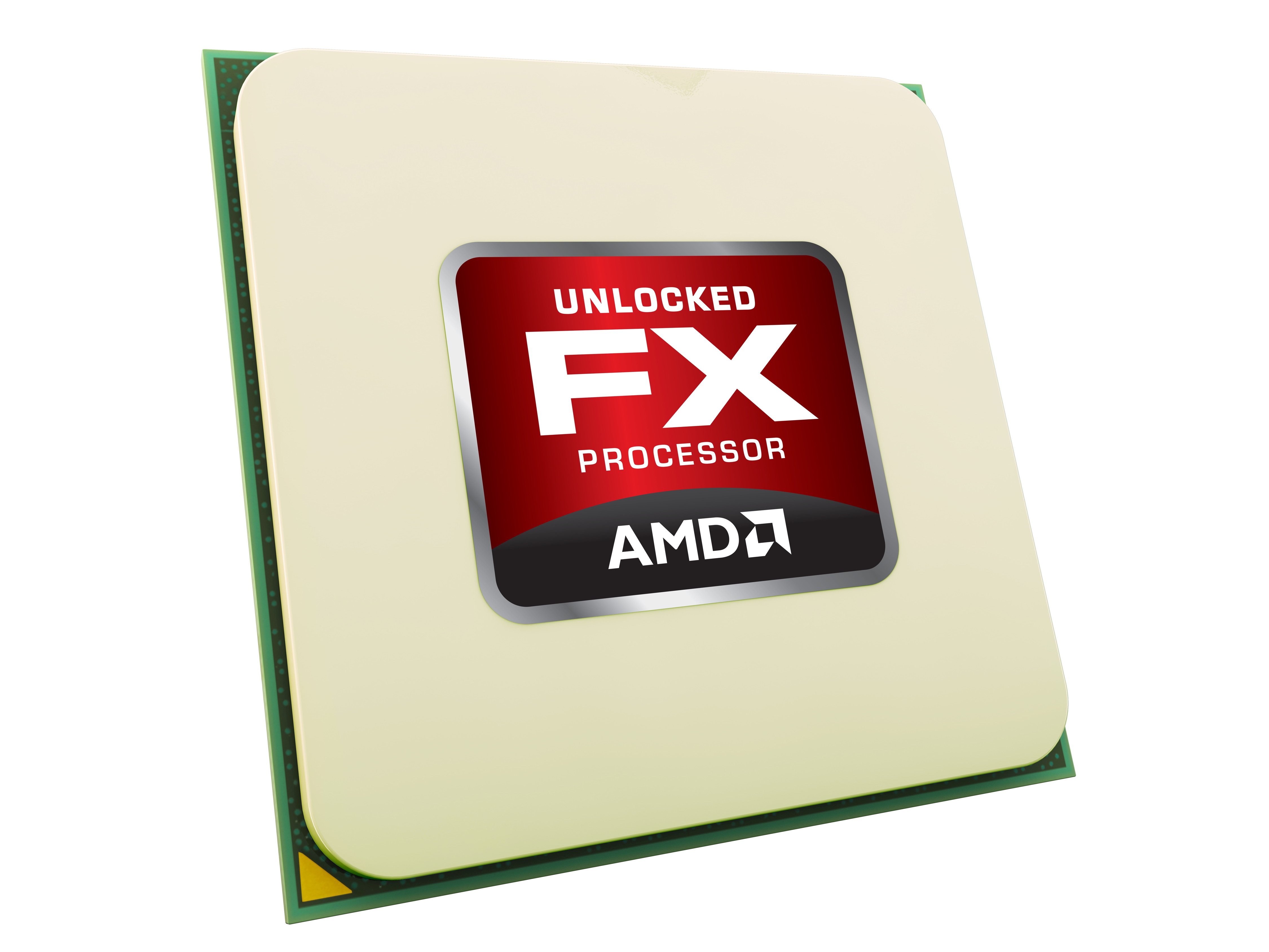Why you can trust TechRadar

All the clever architectural tricks in the world count for nought if the performance isn't there, so how does the top-end AMD FX chip stack up against it's rivals?
The short answer is not as well as we might have hoped.
AMD really needed this chip to be at least a rival for the current generation of Sandy Bridge CPUs, especially with a new production process and accompanying chips arriving in the first half of next year for Intel.
With the high clockspeed and nominal eight cores, we had hoped to see the AMD FX-8150 taking the resolutely quad-core Intel Core i5 2500K to task.
Indeed with that chip artificially hobbled by the switching off of HyperThreading you'd think it wouldn't be much of a contest.
In fact it's a lot closer than Intel could have dared hope, and certainly a lot closer than AMD would have wanted. Especially in the multi-threaded benchmarks, and that's quite a surprise.
In the heavily multi-threaded Cinebench R11 test the AMD FX-8150 comes away with a decent 5.98 index score, but with only four threads of processing grunt against the FX chip's eight the i5 2500K manages to get awfully close at 5.90.
Sign up for breaking news, reviews, opinion, top tech deals, and more.
That test is also interesting when you compare the previous top AMD chip, the Phenom II X6 1100T.
That's a full six-core CPU, but is running on the older 45nm hardware and at a slower clockspeed too. Yet that older brother still manages to put up a score of 5.88.
The eight-threaded Core i7 2600K however is streets ahead of all three.
Still, those extra threads come into account with the X264 video encoding benchmark. Even at stock speeds the FX-8150 actually starts clawing back some ground on the i7 2600K, beating the quad-core i5 2500K easily as it does.
Unfortunately the actual cores in the Bulldozer modules look like the weak link in the multi-threaded chain.
A quick check on the single-threaded performance of the FX-8150 highlights that weakness.
Using the single-threaded Cinebench R10 benchmark you can immediately see the problems the FX-8150 faces. Even the ageing Phenom II cores run faster than this brand new Bulldozer core.
And the two Sandy Bridge chips demonstrate just what an advantage their cores have over the AMD processors.
Gaming
The gaming benchmarks are similarly telling.
On the whole at the high end of the graphics spectrum, at the high resolutions, it's all about the graphics hardware. As long as the chip's not getting in the way then the GPU can operate with impunity.
Take the GPU out of the equation however and things get more interesting.
World in Conflict is a great CPU benchmark in gaming terms as different CPU hardware genuinely can show a difference. We ran the benchmark at the lowest resolution and lowest graphical fidelity, while retaining CPU-heavy operations such as physics, just to make sure the CPU was taking the load.
The two AMD CPUs behaved much the same, while the Sandy Bridge chips were well over a third faster.
We were hoping to run the Shogun 2 CPU benchmark too in order to see how things stood on a more modern engine. Sadly the game refused to load for the Bulldozer chip...
The AMD FX-8150 though is meant to be a rather capable gaming chip, and with a high-end GPU it delivers performance every bit as good as the Intel chips.
So there's nothing holding it back in gaming terms.
What about multi-GPU though? The FX-8150 ought to be a better bet for dual-graphics setups thanks to the two native x16 PCIe lanes within the platform.
And if you just took DiRT 3 as the only gaming benchmark worth a damn then all would indeed be rosy.
Using the AMD-sponsored title it garners an extra 3FPS over the competing Core i5 2500K. Not an impressive lead, but a lead nonetheless.
In the DX10 World in Conflict and Just Cause 2 benchmarks though the FX chip lags behind, in the case of WiC by over 25FPS.
There's no problems with the GPUs, or how they're talking to each other, as the GPU-centric Heaven 2.5 test ignores all the other hardware and just gives a score based on what the GPU is capable of. In both AMD and Intel setups the Heaven score was identical.
AMD will argue that legacy software is not where you'll see the benefits of the new hardware.
It may have a case, but still the vast majority of games released today are not DX11 games, they're DX10 and in some cases DX9.
The OC
But there is at least some good news for AMD though, and that is all down to the fact it has finally created an overclocking-friendly processor.
We've been used to 1GHz+ overclocks from Intel chips for a while now, and with the AMD FX-8150 we've managed to get the same scale of improvements.
With a Corsair H100 water-cooling block we were able to push the FX-8150 to an impressive 4.73GHz. With the same cooler we could only get 4.6GHz out of the two Sandy Bridge chips.
When you're pumping out that sort of performance then the benchmarks start to look a lot more impressive.
Now with the CPUs at their maximum overclock the Cinebench R11 test shows the FX CPU easily outstripping both the Phenom II X6 1100T and the Core i5 2500K.
The i7 still remains way out in front, though in the X264 test only by a single frame per second on average.
Current page: AMD FX-8150 - Performance
Prev Page AMD FX-8150 - Benchmarks Next Page AMD FX-8150 - Verdict